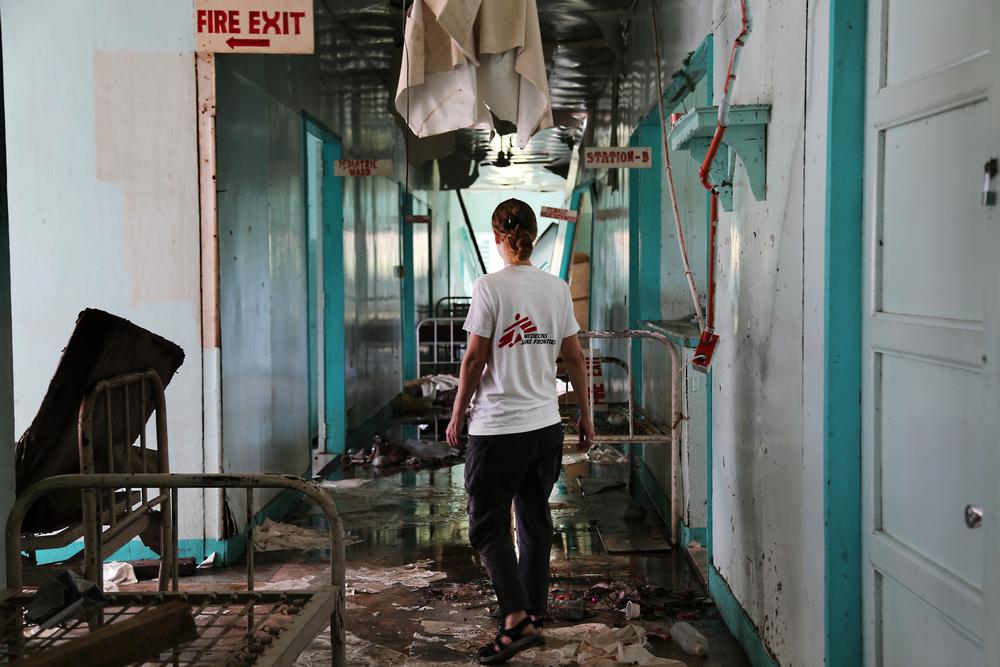Timeline: Emergency response to Typhoon Haiyan
“This sort of disaster is unprecedented in the Philippines. The effect is something like a massive earthquake followed by huge floods,” says Dr Natasha Reyes, MSF’s emergency coordinator in the Philippines.
“As a Filipino, I know that we’re a resilient people. We’ve been battered over and over again by natural disasters.
"So when I hear about people being so desperate, so stunned, so hopeless, it really tells me just how bad this is.”
After Typhoon Haiyan tore through the islands of Leyte, Samar and Panay, our emergency teams responded almost immediately. It was a major disaster: around 63,000 people had died, but many more needed treatment - left without access to healthcare, food or water.
Over 200 aid experts flew into the disaster zone, including doctors, nurses, surgeons, logisticians, water and sanitation experts, and psychologists. We also shipped over 359 tonnes of medical and relief items, in an effort to help those in the greatest need.
Timeline: MSF responds to Typhoon Haiyan in the Philippines
Our initial focus was on the province of Leyte, which was hit first as the typhoon came ashore. Efforts to reach the city of Tacloban are being complicated by roads blocked with debris, as well as strong winds and torrential rain forcing the cancellation many flights to the damaged airport.
“We know that many medical facilities have been destroyed or damaged, with medical equipment simply washed away,” says Dr Reyes. “On top of this, a lot of health staff are unaccounted for, meaning the resources are severely depleted.”
Our medical teams will support the work of the Philippines military at the airport. We have identified one still functional hospital in Tacloban, which we are supporting with staff, supplies and equipment.
MSF teams are currently organising supplies of drugs, medical equipment and material to purify water, as well as essential items for distribution such as plastic sheeting, cooking items and hygiene kits.
